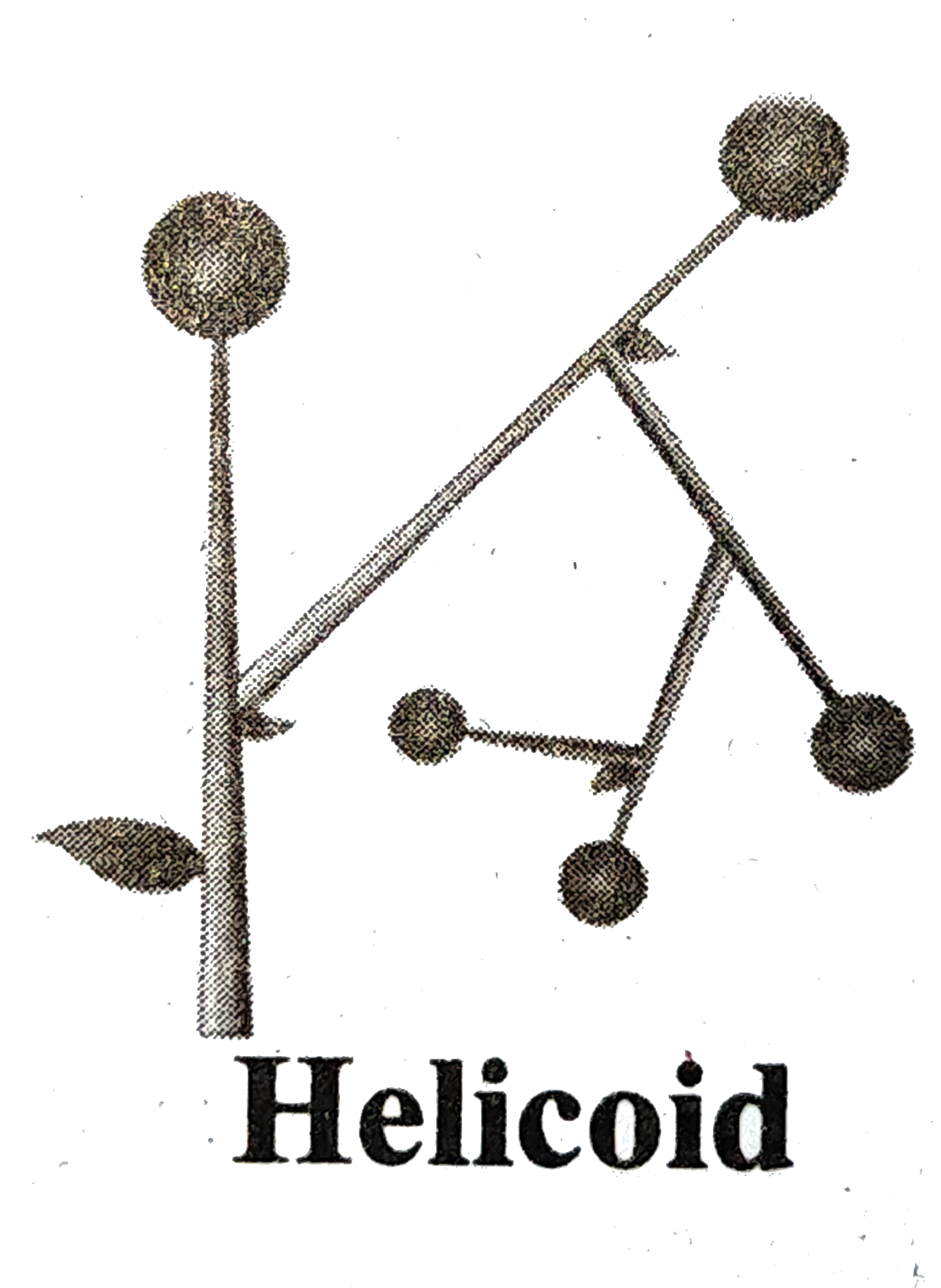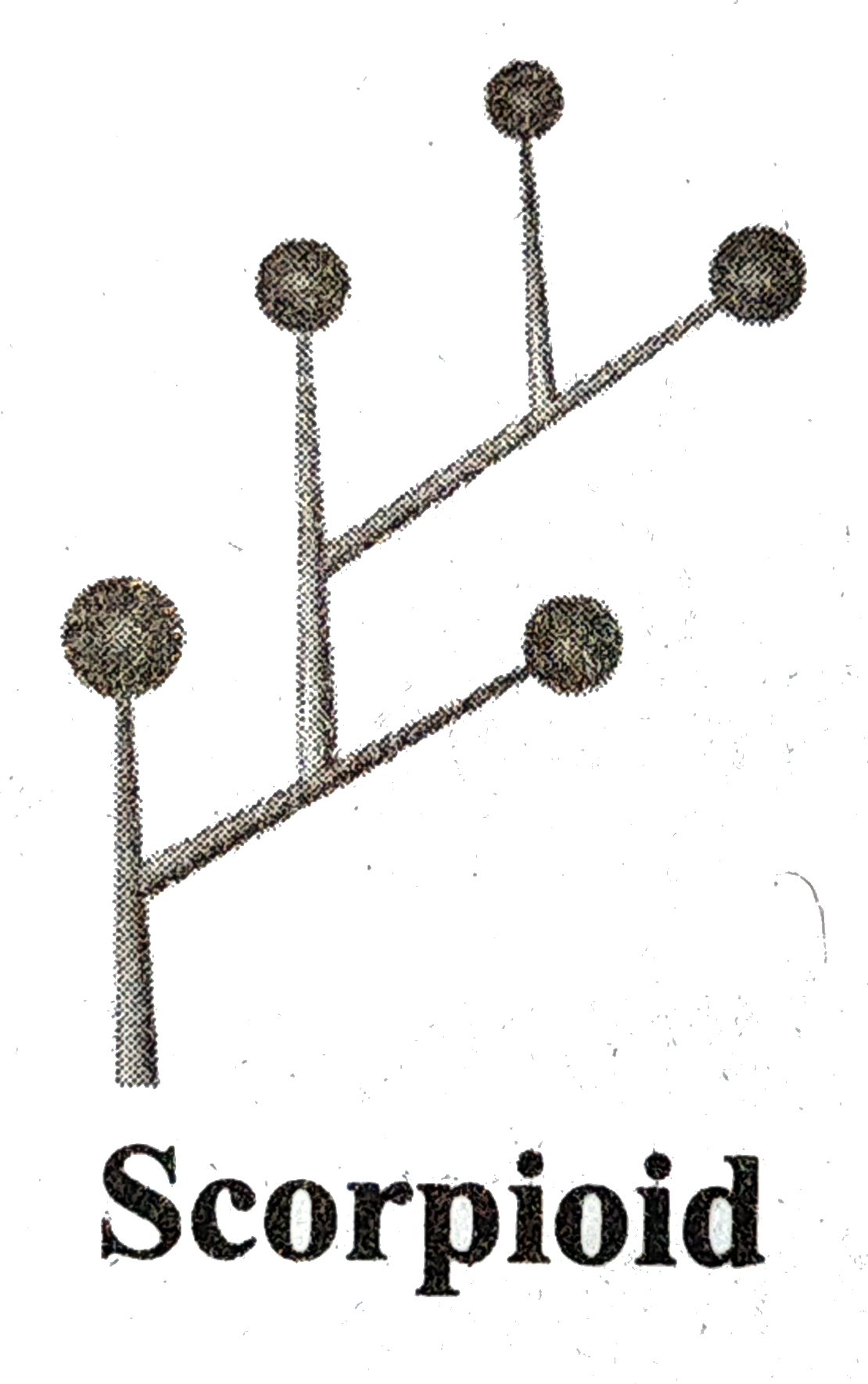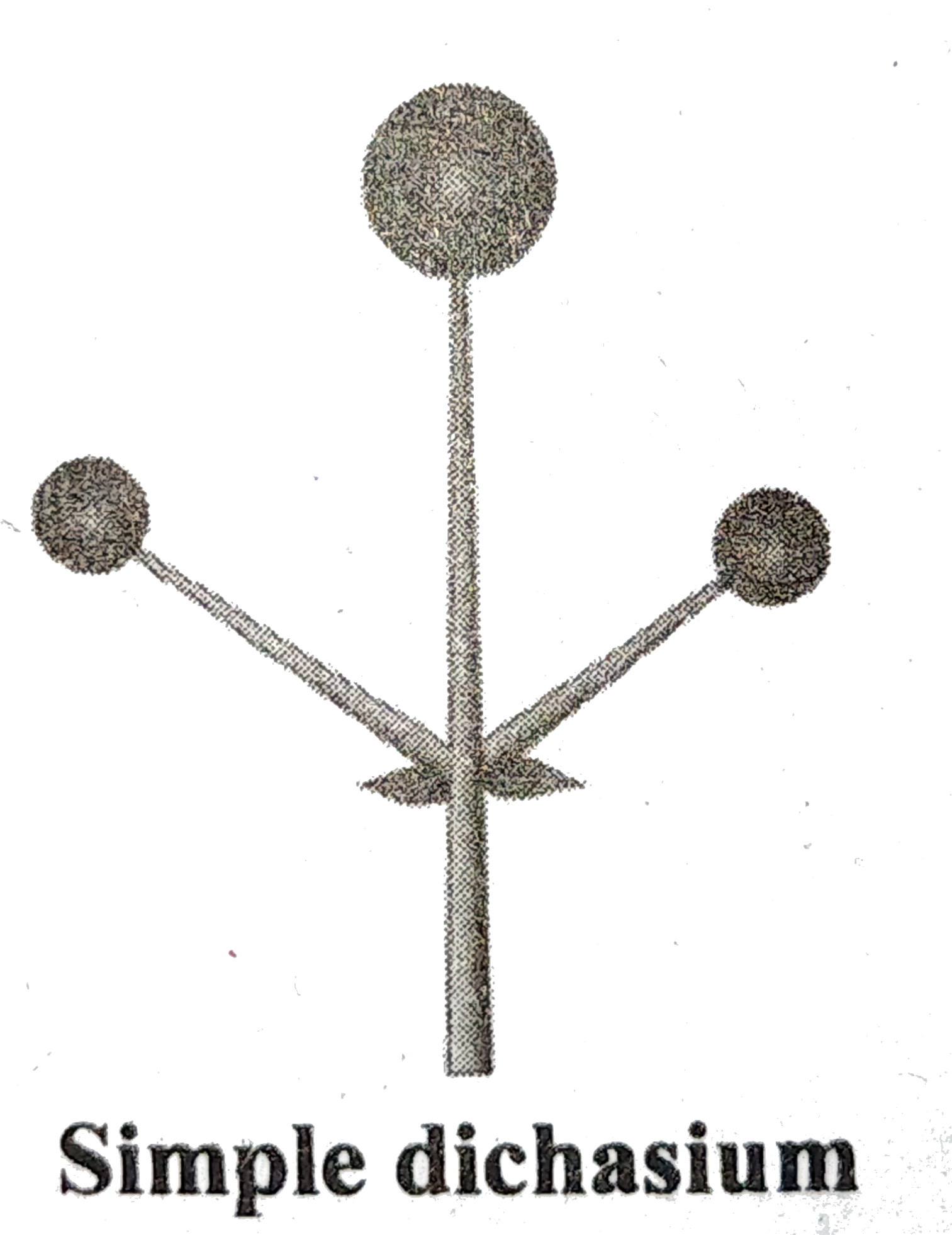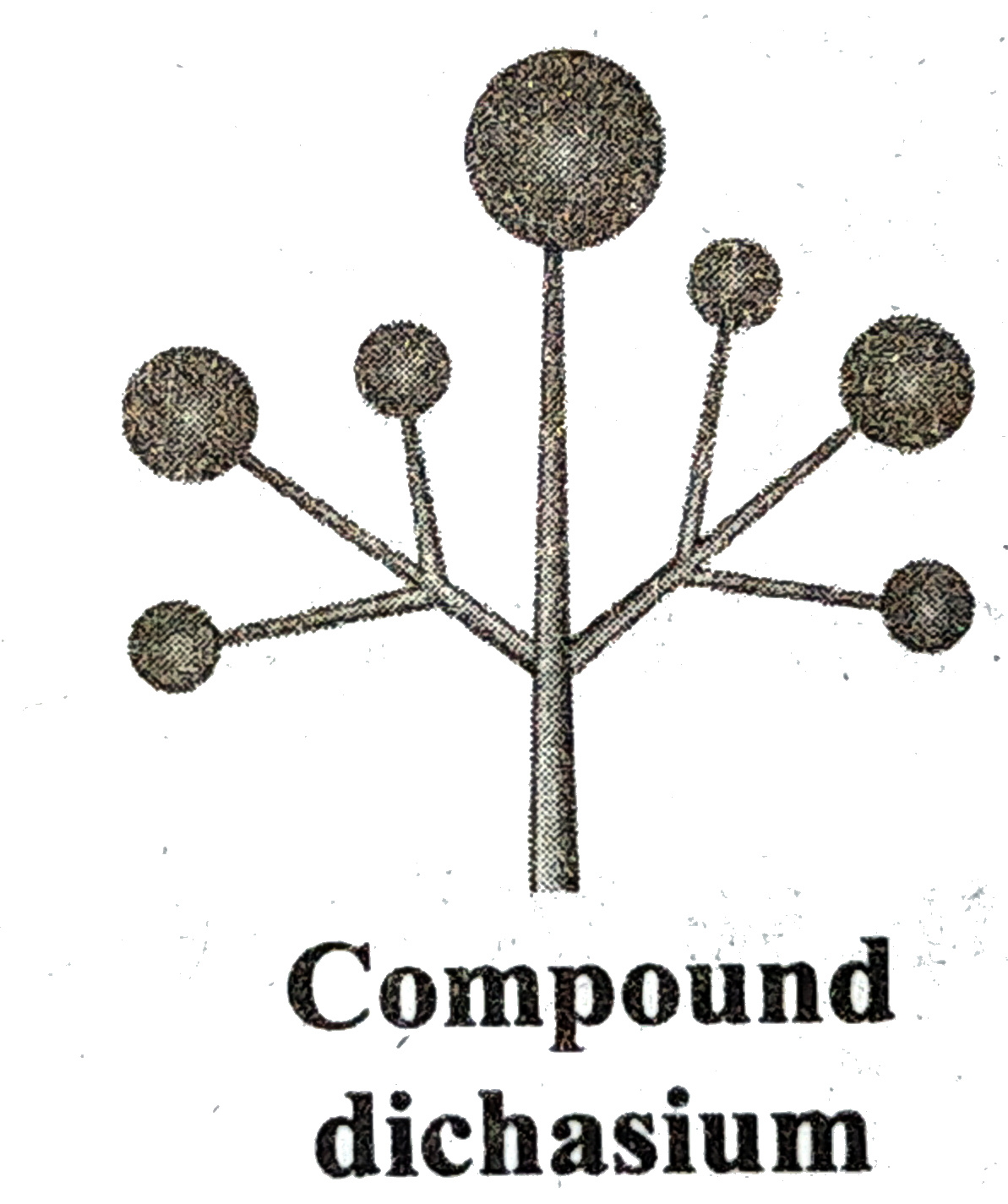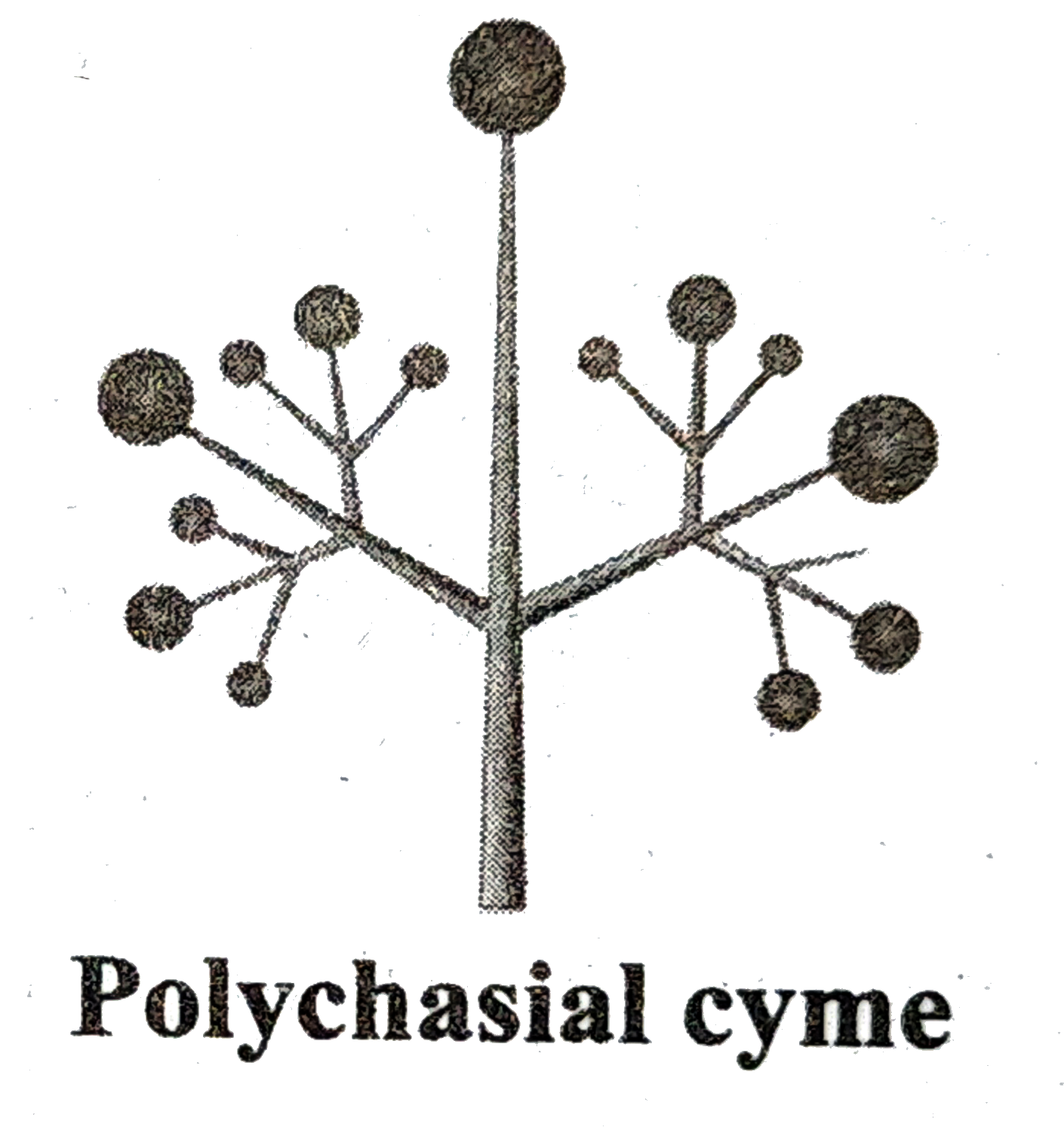Recommended Questions
- Mention the types of Cymose inflorescence. (or) Explain in detail abou...
03:49
|
Playing Now - Assertion:Thy cymose type of infloscence has limited growth. Reason:...
02:14
|
Play - Define cymose inflorescence.
04:38
|
Play - In cymose inflorescence
01:54
|
Play - Select an incorrect statement w.r.t. cymose type of inflorescences.
02:24
|
Play - Mention the types of Cymose inflorescence. (or) Explain in detail abou...
03:49
|
Play - Assertion:Thy cymose type of inflorescence has limited growth. Reaso...
02:30
|
Play - Cymose inflorescence is not found in
01:49
|
Play - Cymose inflorescence is not found in
02:16
|
Play
